Sign up for the VICE News Canada newsletterPolice have established a task force, dedicated to investigating what happened to men who disappeared from Toronto’s gay village. In the process, they are openly questioning whether the two disappearances are connected to three other men who vanished from the same neighborhood five years ago.In an early-morning press release, Toronto police announced Friday that they were investigating the possibility that the two missing persons cases are connected.“A dedicated team is in the process of being established to allow officers assigned to these investigations to concentrate solely on the disappearance of these two men,” reads a police press release.While one disappearance has gripped the community in recent weeks, the second case has flown under the radar until today.The two cases bear a striking resemblance to a similar string of disappearances, from 2010 to 2012, where three men vanished from the village without a trace. The similarities have put Toronto’s gay community on edge.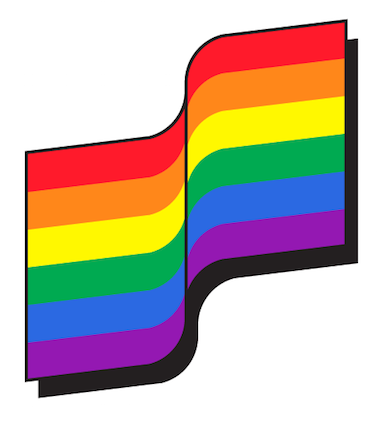 It’s impossible to make it more than a few blocks in Toronto without seeing Andrew Kinsman’s smirking face staring back at you. Rectangle glasses, a crew cut, and a full beard.In big black letters on the poster: “MISSING.”When Kinsman was last seen, he had come off another Pride weekend. He bumped into two married friends on the way back from the Church Street village, they swapped small talk and promised to get together soon. The next day, Monday, he returned a set of keys to his neighbour they had forgotten in the mailbox lock.He hasn’t been heard from, best as anyone can tell, since then. Friends who spoke with VICE News described Kinsman as a creature of habit — a misanthrope, but one who loved his work at the Toronto HIV/AIDS network and is not the type to disappear into thin air.The last time Selim Esen was seen in public, it was Good Friday. While police are now openly connecting his disappearance with Kinsman’s, there is little detail regarding the final days before he disappeared, last spring.
It’s impossible to make it more than a few blocks in Toronto without seeing Andrew Kinsman’s smirking face staring back at you. Rectangle glasses, a crew cut, and a full beard.In big black letters on the poster: “MISSING.”When Kinsman was last seen, he had come off another Pride weekend. He bumped into two married friends on the way back from the Church Street village, they swapped small talk and promised to get together soon. The next day, Monday, he returned a set of keys to his neighbour they had forgotten in the mailbox lock.He hasn’t been heard from, best as anyone can tell, since then. Friends who spoke with VICE News described Kinsman as a creature of habit — a misanthrope, but one who loved his work at the Toronto HIV/AIDS network and is not the type to disappear into thin air.The last time Selim Esen was seen in public, it was Good Friday. While police are now openly connecting his disappearance with Kinsman’s, there is little detail regarding the final days before he disappeared, last spring.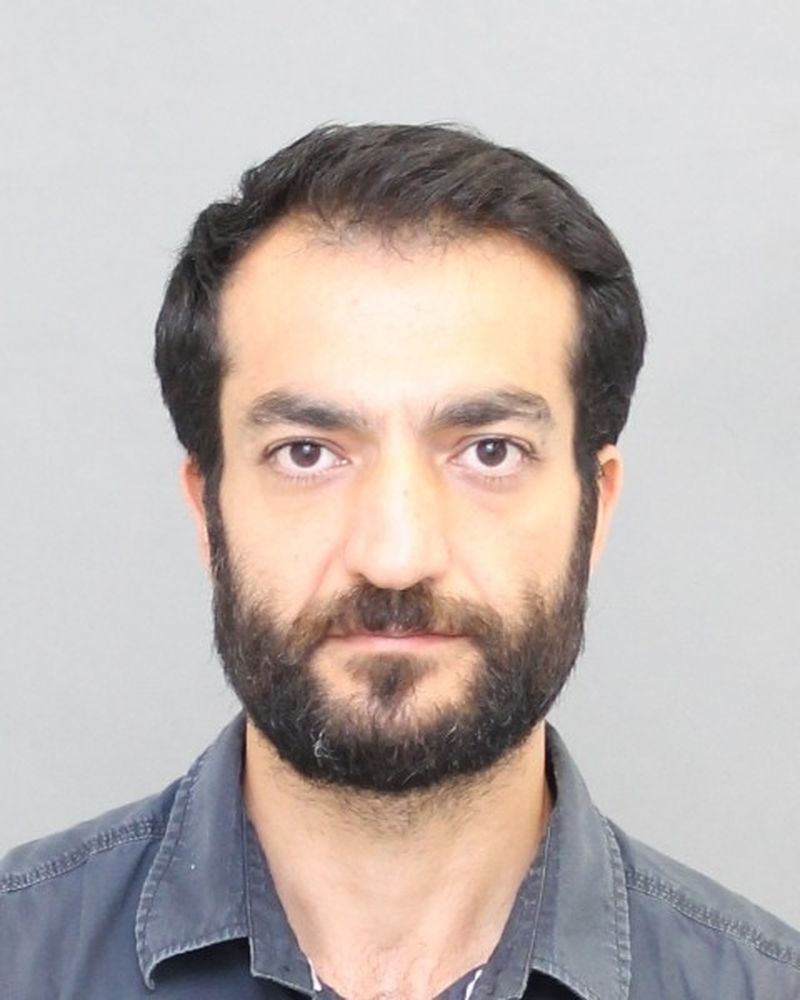 Police are not exactly forthcoming on his situation. A press release reads that Esen is “quite familiar with the Church Street and Wellesley Street area,” the main drag in the village. It adds that he is frequently seen with a silver suitcase. Beyond that, a police spokesperson said simply ” There is no new information on this case.”The confusion and paranoia in Toronto’s gay community has been palpable. One poster in particular hit a nerve: On it are the faces of a dozen men, including Kinsman, who are said to have gone missing from the village in recent years. That poster was plastered across Facebook, as friends warned each other to be careful amid the rash of disappearances.That poster is emblematic of persistent fears in Toronto’s queer community — persistent fears in any queer community — that they’ve become a target. But police note it is not accurate — most of the men depicted on the poster have been found safe, with some bearing no connection to the village in the first place, investigators say.
Police are not exactly forthcoming on his situation. A press release reads that Esen is “quite familiar with the Church Street and Wellesley Street area,” the main drag in the village. It adds that he is frequently seen with a silver suitcase. Beyond that, a police spokesperson said simply ” There is no new information on this case.”The confusion and paranoia in Toronto’s gay community has been palpable. One poster in particular hit a nerve: On it are the faces of a dozen men, including Kinsman, who are said to have gone missing from the village in recent years. That poster was plastered across Facebook, as friends warned each other to be careful amid the rash of disappearances.That poster is emblematic of persistent fears in Toronto’s queer community — persistent fears in any queer community — that they’ve become a target. But police note it is not accurate — most of the men depicted on the poster have been found safe, with some bearing no connection to the village in the first place, investigators say.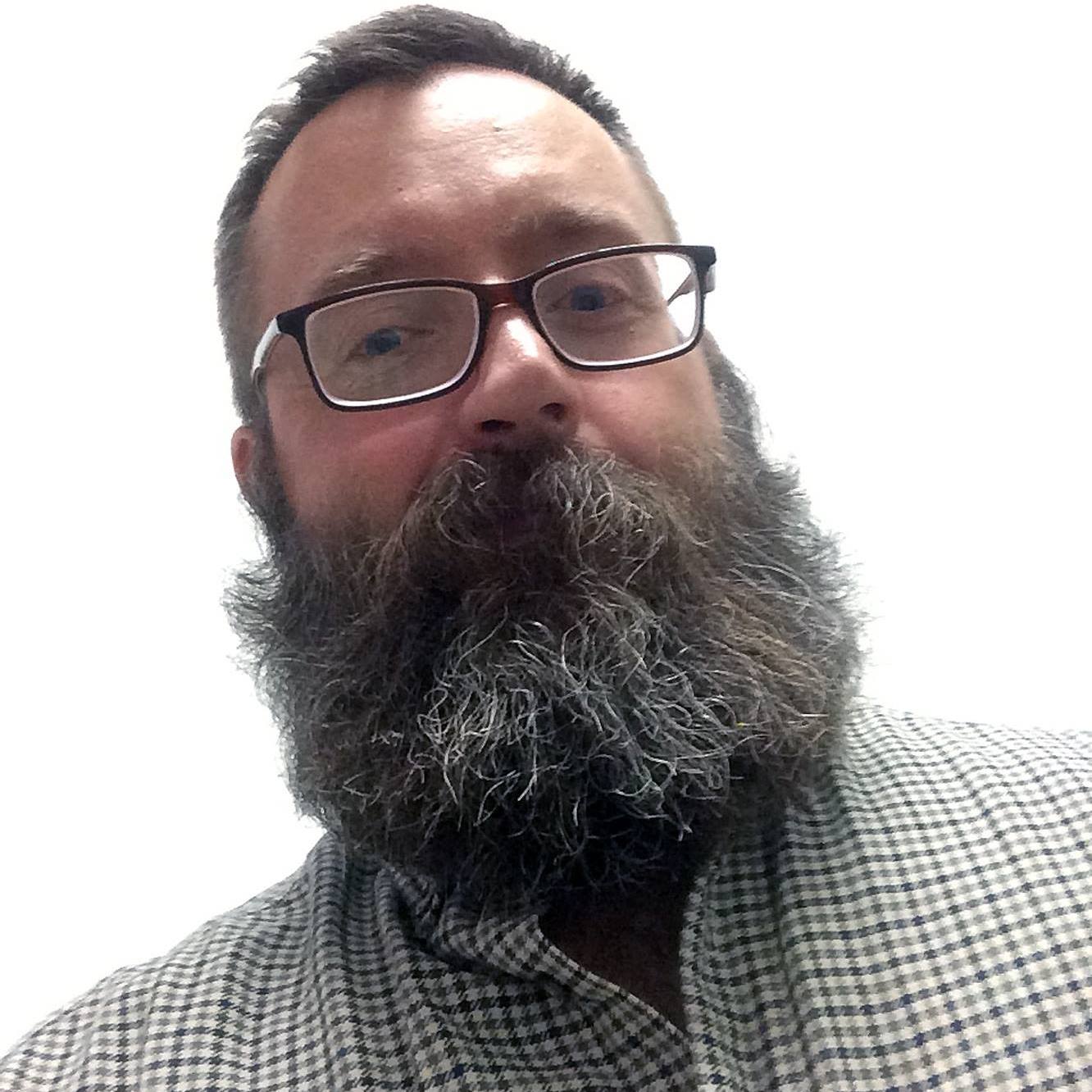 “Some members of the community and media have made a connection between the disappearance of Mr. Kinsman and that of 11 other males, compiled on a missing persons poster which has been disseminated on Facebook,” wrote Detective Sergeant Michael Richmond in a press release. “This is not factually correct and quite misleading.”One man of the group was found dead, though foul play is not suspected.But despite the inaccuracies, there are three faces on that poster that remain unsolved. And police are now openly wondering if they’re connected to Kinsman and Esen.Between 2010 and 2012, three men went missing from the village. All three were in their 40s or early 50s, all three were Arab or East Asian, all three frequented the same haunts on Church Street.VICE News investigated those disappearances throughout the last year, uncovering evidence that suggests one of the men went missing from a secluded park in the city’s north end — a location not investigated by police.There are reasons to suspect that the cases are merely an eerie coincidence. Kinsman is white, meaning he doesn’t quite fit the profile established by the first three men to disappear.. The five year gap between when the last man when missing, in 2012, and these two cases also suggests that, while they may be suspicious, the causes of these disappearances are unrelated.
“Some members of the community and media have made a connection between the disappearance of Mr. Kinsman and that of 11 other males, compiled on a missing persons poster which has been disseminated on Facebook,” wrote Detective Sergeant Michael Richmond in a press release. “This is not factually correct and quite misleading.”One man of the group was found dead, though foul play is not suspected.But despite the inaccuracies, there are three faces on that poster that remain unsolved. And police are now openly wondering if they’re connected to Kinsman and Esen.Between 2010 and 2012, three men went missing from the village. All three were in their 40s or early 50s, all three were Arab or East Asian, all three frequented the same haunts on Church Street.VICE News investigated those disappearances throughout the last year, uncovering evidence that suggests one of the men went missing from a secluded park in the city’s north end — a location not investigated by police.There are reasons to suspect that the cases are merely an eerie coincidence. Kinsman is white, meaning he doesn’t quite fit the profile established by the first three men to disappear.. The five year gap between when the last man when missing, in 2012, and these two cases also suggests that, while they may be suspicious, the causes of these disappearances are unrelated.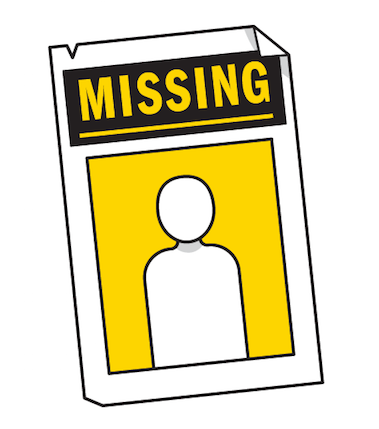 Yet there are similarities. Esen fits the profile to a T. Of the five cases, all are of similar age, build, and all have facial hair.Even more strangely, a hypothesis floated by an internet sleuth on an online message board some four years ago also rings true: All of the disappearances have been around holiday weekends. Kinsman, over Pride. Esen, over Easter. The previous three cases: Labour Day, Christmas, Thanksgiving.“There has been some suggestion, within the Church/Wellesley community, that the disappearances of Andrew Kinsman and Selim Esen are linked as well as with three other men reported missing from the same area from 2010 to 2012,” a police statement reads. “Detailed investigation and evidence obtained, thus far, in the course of both investigations, has not confirmed a link although, as part of the police investigation, this is being considered.”The two latest disappearances have another similarity to the previous three: There is maddeningly little detail.VICE News spoke with friends of Kinsman who have actively tried to find him since his disappearance in June.Robin LeBlanc, a neighbour of Kinsman and one of the de facto organizers of a loose coalition of friends and concerned community members who have banded together to try and find the 49 year-old, was one of the last to see Kinsman.“He just said he was going to see friends for coffee,” LeBlanc says.When he failed to come back, alarm bells went off almost immediately. Kinsman had a cat — one that went unfed until his neighbours entered his apartment. He also worked as a superintendent for his small apartment building, on a main drag in Cabbagetown, just adjacent to the village, and wasn’t the type to drop a responsibility.Ted Healey says it is unfathomable that his longtime friend just picked up and left. While he had just been passed over for a job at the HIV/AIDS Network, that hadn’t demoralized him: It pushed him to continue to volunteer, work harder, and win another job opening that had appeared on the horizon.When LeBlanc, Healey, and other friends entered Kinsman’s apartment to check for signs of their friend, they found everything in its right place. The only thing conspicuously missing was a satchel that Kinsman frequently took with him.Important daily medication sat in his bedroom. While they speculated Kinsman may have taken enough with him to last a few days, it appeared as though he didn’t take enough to last any extended period of time.“It very much looked like he left — not left for good, but just left for the day,” says LeBlanc.The clues that emerged in the following days offered little direction.
Yet there are similarities. Esen fits the profile to a T. Of the five cases, all are of similar age, build, and all have facial hair.Even more strangely, a hypothesis floated by an internet sleuth on an online message board some four years ago also rings true: All of the disappearances have been around holiday weekends. Kinsman, over Pride. Esen, over Easter. The previous three cases: Labour Day, Christmas, Thanksgiving.“There has been some suggestion, within the Church/Wellesley community, that the disappearances of Andrew Kinsman and Selim Esen are linked as well as with three other men reported missing from the same area from 2010 to 2012,” a police statement reads. “Detailed investigation and evidence obtained, thus far, in the course of both investigations, has not confirmed a link although, as part of the police investigation, this is being considered.”The two latest disappearances have another similarity to the previous three: There is maddeningly little detail.VICE News spoke with friends of Kinsman who have actively tried to find him since his disappearance in June.Robin LeBlanc, a neighbour of Kinsman and one of the de facto organizers of a loose coalition of friends and concerned community members who have banded together to try and find the 49 year-old, was one of the last to see Kinsman.“He just said he was going to see friends for coffee,” LeBlanc says.When he failed to come back, alarm bells went off almost immediately. Kinsman had a cat — one that went unfed until his neighbours entered his apartment. He also worked as a superintendent for his small apartment building, on a main drag in Cabbagetown, just adjacent to the village, and wasn’t the type to drop a responsibility.Ted Healey says it is unfathomable that his longtime friend just picked up and left. While he had just been passed over for a job at the HIV/AIDS Network, that hadn’t demoralized him: It pushed him to continue to volunteer, work harder, and win another job opening that had appeared on the horizon.When LeBlanc, Healey, and other friends entered Kinsman’s apartment to check for signs of their friend, they found everything in its right place. The only thing conspicuously missing was a satchel that Kinsman frequently took with him.Important daily medication sat in his bedroom. While they speculated Kinsman may have taken enough with him to last a few days, it appeared as though he didn’t take enough to last any extended period of time.“It very much looked like he left — not left for good, but just left for the day,” says LeBlanc.The clues that emerged in the following days offered little direction.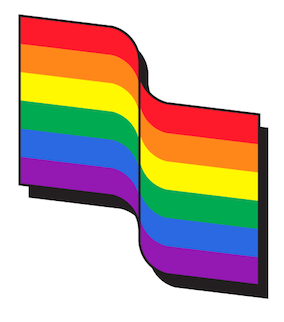 LeBlanc says Kinsman had spent most of Pride weekend with friends who were in town from Australia — a fact that Richmond, with Toronto police, can confirm. “They have been spoken to briefly,” Richmond says, but wouldn’t say why they have yet to be called in for a full interview.Healey says he checked Kinsman’s iPad, and noticed he had notifications for Scruff: A gay dating app akin to Grindr. Richmond confirmed police had obtained the iPad and had investigated his various accounts on the tablet, but have little to show for it.Kinsman worked odd jobs at The Point: A campground in southern Ontario, which bills itself as “the premier gay resort for men on Ontario’s south coast.” Kinsman spent a good chunk of the summer at the resort, delivering firewood and camping in a tent he bought from Healey.Richmond confirmed that police investigated the campsite, but still had no explanation for his disappearance.In the month since his disappearance, a flood of support from the community has emerged to try and find Kinsman. A Facebook group with hundreds of members has formed to organize postering, share information, and conduct searches.Last week, the group organized a search of the Beltline Trail — the pristine path that juts through the city’s north end. The trail, at night, is popular amongst gay men looking for discretion. It is also directly adjacent to where one of the missing men’s car was found in 2010.But, perhaps as a sign of frustration in the group, not enough volunteers signed up. The search was cancelled. The lack of answers is enough to weaken anyone’s resolve.Toronto police checked Kinsman’s bank records, but found no transactions that stuck out. Richmond says one thing frustrating the case is that, in cases such as these, obtaining cooperation from companies like Facebook and Apple is difficult, as the company may refuse to hand over GPS data or message history, given there is no firm evidence establishing foul play — and companies are reticent to violate a man’s privacy, even if his disappearance is suspicious. Police have filed applications under the mutual legal assistance treaties — known in the law enforcement world as MLATs — to the American-based companies, but have yet to obtain the information they’re seeking. Even that, Richmond notes, is not a “guaranteed thing.”Richmond remained guarded about the finer details of the investigation. When asked about how many interviews the Toronto Police service had conducted so far, Richmond said simply “numerous.” Asked about whether there were suspects or persons of interest in the case: “Suspects, no.”Amid fears that the police aren’t taking these cases seriously, Richmond defended 51 Division, the same detachment tasked with finding the three men who went missing from 2010 to 2012. When he spoke to VICE News earlier in July, he said the investigation into Kinsman’s disappearance was in the process of “ramping up,” and police were getting set to conduct another search of his apartment.The creation of a dedicated task force would only intensify the investigation.On a personal level, Richmond says, he has never worked at a detachment with as much LGBTQ representation as 51 Division. His team has published frequent updates, bluntly worded, directly addressed to the community.
LeBlanc says Kinsman had spent most of Pride weekend with friends who were in town from Australia — a fact that Richmond, with Toronto police, can confirm. “They have been spoken to briefly,” Richmond says, but wouldn’t say why they have yet to be called in for a full interview.Healey says he checked Kinsman’s iPad, and noticed he had notifications for Scruff: A gay dating app akin to Grindr. Richmond confirmed police had obtained the iPad and had investigated his various accounts on the tablet, but have little to show for it.Kinsman worked odd jobs at The Point: A campground in southern Ontario, which bills itself as “the premier gay resort for men on Ontario’s south coast.” Kinsman spent a good chunk of the summer at the resort, delivering firewood and camping in a tent he bought from Healey.Richmond confirmed that police investigated the campsite, but still had no explanation for his disappearance.In the month since his disappearance, a flood of support from the community has emerged to try and find Kinsman. A Facebook group with hundreds of members has formed to organize postering, share information, and conduct searches.Last week, the group organized a search of the Beltline Trail — the pristine path that juts through the city’s north end. The trail, at night, is popular amongst gay men looking for discretion. It is also directly adjacent to where one of the missing men’s car was found in 2010.But, perhaps as a sign of frustration in the group, not enough volunteers signed up. The search was cancelled. The lack of answers is enough to weaken anyone’s resolve.Toronto police checked Kinsman’s bank records, but found no transactions that stuck out. Richmond says one thing frustrating the case is that, in cases such as these, obtaining cooperation from companies like Facebook and Apple is difficult, as the company may refuse to hand over GPS data or message history, given there is no firm evidence establishing foul play — and companies are reticent to violate a man’s privacy, even if his disappearance is suspicious. Police have filed applications under the mutual legal assistance treaties — known in the law enforcement world as MLATs — to the American-based companies, but have yet to obtain the information they’re seeking. Even that, Richmond notes, is not a “guaranteed thing.”Richmond remained guarded about the finer details of the investigation. When asked about how many interviews the Toronto Police service had conducted so far, Richmond said simply “numerous.” Asked about whether there were suspects or persons of interest in the case: “Suspects, no.”Amid fears that the police aren’t taking these cases seriously, Richmond defended 51 Division, the same detachment tasked with finding the three men who went missing from 2010 to 2012. When he spoke to VICE News earlier in July, he said the investigation into Kinsman’s disappearance was in the process of “ramping up,” and police were getting set to conduct another search of his apartment.The creation of a dedicated task force would only intensify the investigation.On a personal level, Richmond says, he has never worked at a detachment with as much LGBTQ representation as 51 Division. His team has published frequent updates, bluntly worded, directly addressed to the community.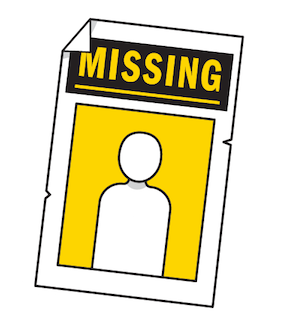 A community town hall has been organized for August to address the missing persons cases. While police have had a complicated relationship with Toronto’s queer community as of late — they were forbidden from marching, in uniform, in June’s pride parade — in a statement, Richmond made a commitment to the community.“I will make myself available for this meeting.”
A community town hall has been organized for August to address the missing persons cases. While police have had a complicated relationship with Toronto’s queer community as of late — they were forbidden from marching, in uniform, in June’s pride parade — in a statement, Richmond made a commitment to the community.“I will make myself available for this meeting.”
Advertisement

Advertisement


Advertisement

Advertisement
Healey had worked with Kinsman, years ago, at the Black Eagle, a popular gay bar on Church Street. That bar was identified as a commonality between the three men who went missing five years ago.“It very much looked like he left — not left for good, but just left for the day.”
Advertisement

Advertisement
Advertisement

